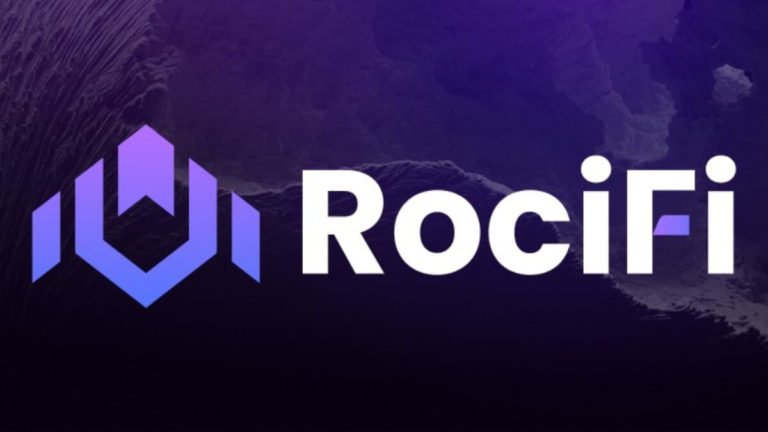Web3 Lending Startup RociFi raised $2.7 million in a seed funding round from Arrington, Goldentree, LD Capital, Nexo, and Skynet Trading. RociFi mentioned in a statement that the funding concluded in November 2021.
What RociFi does?
RociFi has developed a decentralized lending protocol that leverages on-chain data, machine learning and decentralized identity data to facilitate undercollateralized loans via the blockchain.
RociFi is the Layer 1 for a permissionless, multi-chain web3.0 credit economy by enabling zero and undercollateralized peer-to-peer lending. With the goal of providing lending for Web 3.0, RociFi is building a credit solution that ultimately eliminates the dependency on traditional finance structures.
According to the company, this protocol will revolutionize lending for those whose digital identities are increasingly centered on the semi-autonomous Web 3.0. RociFi’s scoring process will identify a borrower’s trustworthiness based on their digital identity and allow lenders to lend their money according to their credit risk scores.
Christopher Brookins, CEO of RociFi Labs, said:
“The promise of RociFi is to create an open financial system that allows anyone, anywhere to use their established DeFi presence to access capital. Our evolving system will prove that Web 3.0 can better facilitate capital access compared to traditional financial systems.”
Undercollateralized Lending Is Challenging
Since 2017, undercollateralized lending has been the challenging task in the DeFi space. The majority of DeFi in its current overcollateralized form, as manifested by platforms like Aave, Compound, and Maker, serves circular use cases.
This is partly due to the fact that the only parties ready to post 1.5–3X leverage are cryptocurrency traders. Undercollateralized lending might make decentralised credit markets more accessible to a broader range of use cases, bringing DeFi into the mainstream.
This is why, since 2017-18, multiple players have attempted to enter this sector. However, finding a suitable way to assess and assign creditworthiness to borrowers, as well as ensuring the security of lenders’ deposits, has been a major difficulty in the past.
The undercollateralized loan trend resurfaced in 2020-21, bringing with it several novel approaches to the problem of decentralised credit evaluation. Overall, this is a new market, and undercollateralized lending will likely drive the next wave of DeFi adoption and growth, regardless of whether projects or approaches eventually succeed.
Ninor Mansor, Partner at Arrington Capital, said:
“Undercollateralized capital markets represent one of the biggest opportunities to transform capital efficiency in crypto. The distinct lack of non-economic recourse in DeFi means other types of ‘social capital’ cannot be deployed by borrowers. RociFi changes the game, introducing the idea of on-chain credit scoring as well as NFT-based identity.”
RociFi lending protocol to launch in Q2 2022
RociFi revealed that the protocol is currently in testnet and anticipates a phased, full-scale launch to mainnet by Q2 2022, running as a fully decentralized, permissionless entity.
The company plans to use the new capital from the seed funding to expand the RociFi Labs team and take the product to market, taking advantage of the growing interest in decentralized finance from the traditional finance industry. RociFi intends to increase the size of the engineering team and launch the protocol.
You can try out the testnet by signing up for an account here.
Read Also: A Comparison Between MakerDao And Liquity In Stablecoin Lending



